Your Password Letter is:
Click coin to reveal
About the Area:
This site belongs to to Newport City Homes and is leased to Maindee Unlimited. In the past it was prone to daily flytipping before it was transformed into a beautiful garden for the local community by the volunteers of Greening Maindee. Local residents will be adopting this area going forward.
What you can spot here:
Dog Rose
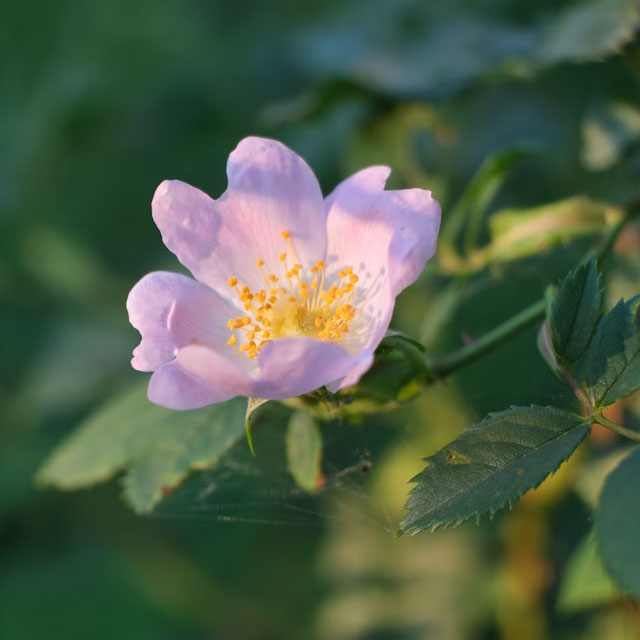
Rosa Canina - otherwise known as dog rose. This is our native climbing rose and its single flower allows Mainbee and friends easy access to its nectar. The rose hips appear in the autumn and are food for birds and small mammals.
Verbena
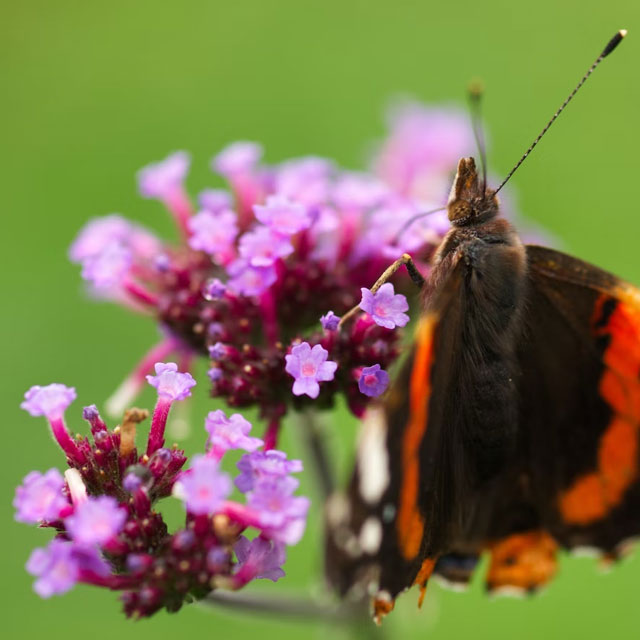
Verbena or Vervain came from Southern Europe in Neolithic times and is a great source of nectar for a variety of insects including butterflies and bees.
Ladybirds

Craneflies
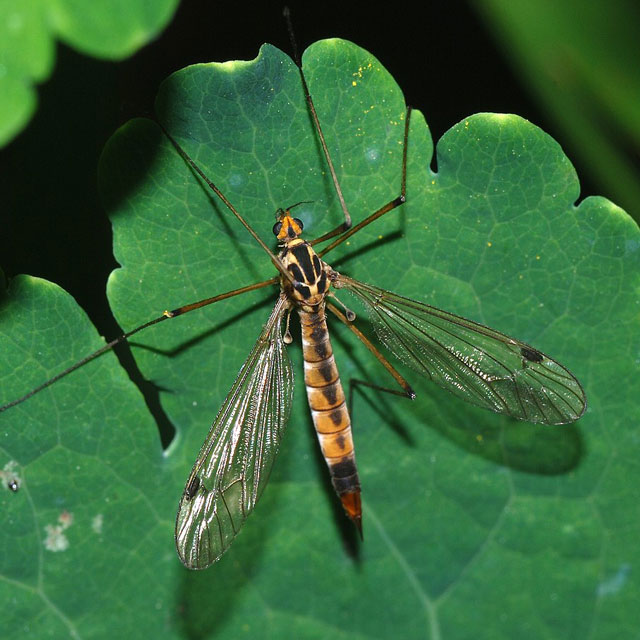
These gangly flying insects are also known as “daddy longlegs”. Their larvae live in the ground and eat grass roots but the adults rarely eat anything and only live for 2 weeks. Scientists aren’t sure but they think the only thing they may eat is flower nectar but more research needs to be done. There are about 350 different species of craneflies in the UK and the larvae of one of the them is called a leatherjacket because its skin is so tough. It is a great snack for birds , mammals, foxes and badgers who may dig up your lawn to try to find them. If you have craneflies in your garden or nature area then it is a really good sign that you have a great ecosystem going on.
Common Froghopper
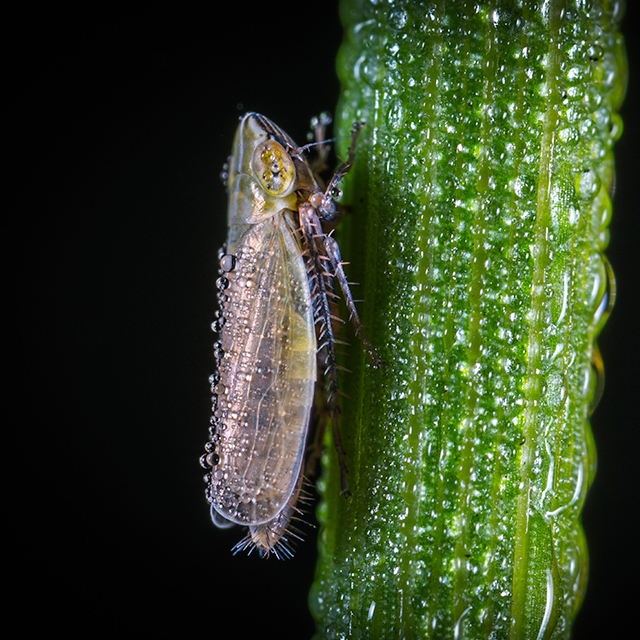
Look for the little blobs of bubbles on plants "cuckoo spit". Inside these are the tiny nymph of the froghopper who use the "spit" to ward off predators… apparently it tastes disgusting to birds (don’t test that). The adults come in many different colours from black and white to brown and green but they are all brilliant at jumping (hence the name). Up to 70 cms which is no mean feat for a tiny insect.
Field Scabious
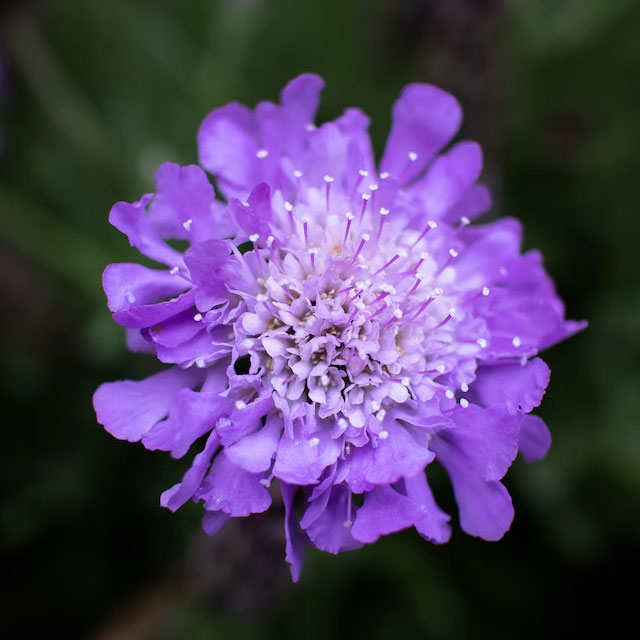
This beautiful purple flower is an important plant for wildlife. Many different insects are attracted to the nectar and pollen of this plant and birds eat its seeds. The leaves are the food source for the caterpillars of the Six-spot Burnet moth, which is a common day-flying moth in the UK.
Lilac

This shrub is part of the Olive family of trees and produces a beautiful fragrant purple.
Hornbeam Trees
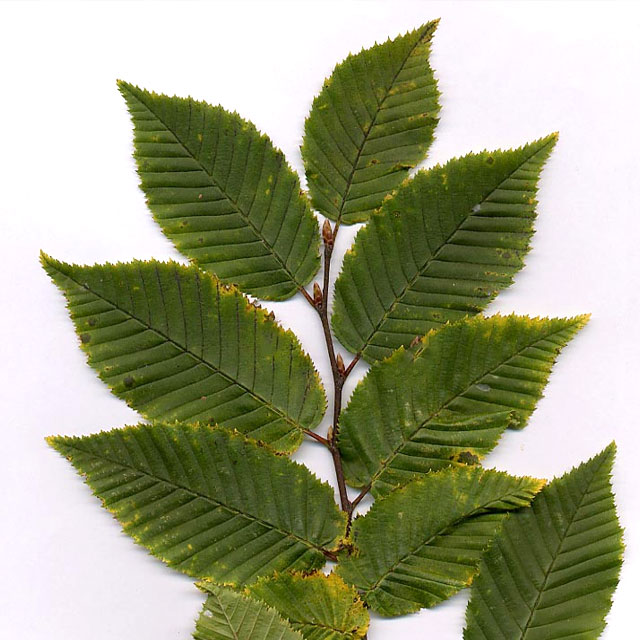
Historically these trees were prized for their extremely dense hard wood. They are good as a source of food and shelter for wildlife as they don’t lose all their leaves in winter.
Some fun activities to try:
Stand in the garden and look at the houses opposite. What shapes can you see in the window and brickwork. Are there any shapes in the garden?
Sniff the roses if they are flowering - which is your favourite smell?
Mainbee's Activity Book
We've made an activity pack with Mazes and Colouring In, download it here.
Mainbee's Activity Book
